Review of Flux-Concentrated Transverse Flux Permanent Magnet Machines
The machines that use permanent magnets are not prefabricated. The design's adaptability makes them useful in a variety of contexts, including wind turbines. Radial, axial, and transverse fluxes are the common ways to categorize them according to the direction of the flux.
For direct-drive energy-generating wind turbine applications, transverse flux permanent magnet (TFPM) machines are a good choice. Their torque and power densities are quite high.
There are two main types of TFPM machines: those that are surface-mounted and those that are flux-concentrated.
Ⅰ. Are flux-concentrated TFPM machines more effective than surface-mounted TFPM machines?
When using a flux-concentrated arrangement, magnetic flux is concentrated in a flux channel that has a smaller cross-section than the magnet, which enables the inset magnets to significantly improve the air gap flux density.
Comparing this design to a surface magnet design, the torque and power factor are increased by 20% to 50%. Additionally, by placing magnets inside the magnetic circuit, an additional significant kind of torque called reluctance torque is produced, allowing for a greater speed range to be operated at constant power.
Therefore, the sum of the PM and reluctance torque components equals the total torque. In addition, its structure is complex and its robustness is limited. This article introduces and analyzes a variety of topologies for flux-concentrated TFPM machines.
Based on their electromagnetic configuration, the TFPM machines can be further categorized as follows:
● Single-sided and double-sided
● Single-winding and dual-winding
● Inner rotor and outer rotor
● Stator type: C/U-core, Z-core, E-core, claw pole
Ⅱ. Single-Sided
Fig. 1 shows a single-sided flux-concentrated TFPM machine that only uses half of the magnets every time. Compared to surface-mounted configurations, this architecture improves performance while using less active material.

Fig. 1: Single-sided flux-concentrated TFPM machine Source: IEEE Access
Challenges
Nevertheless, the rotor assembly is more complicated. Mechanical stability can be achieved by utilizing the toothed rotor structure.
A comparative analysis of two 5 MW TFPM machines optimized for active mass reduction is conducted for the wind power generator. Compared to U-core, the C-core geometry uses 11% less active mass and a smaller PM volume.
Based on mass, cost, and copper loss, four distinct TFPM machines and a 5 MW RFPM machine have been analyzed. When these factors are taken into account, the C-core TFPM machine with a single winding and a double-sided air gap appears to be the ideal idea.
The outer rotor TFPM machine design approach for light-duty vehicles based on soft magnetic composite has been proposed.
The optimization procedure for the dual-rotor TFPM machine is reported.
The finite element method has been used to model two distinct TFPM machine topologies with scattered windings.
The TFPM machine prototype development with soft magnetic composite and formed lamination for aerospace applications is shown. Since this arrangement has a higher torque density and a greater power factor than a surface-mounted TFPM machine, it has also been extensively studied for wind power applications.
Ⅲ. Iron Bridge
In a traditional single-sided flux-concentrated TFPM machine, the stator bridges are put over the inactive magnets to seal the magnetic circuit and make sure that all of the magnets are used. This is shown in Fig. 2.
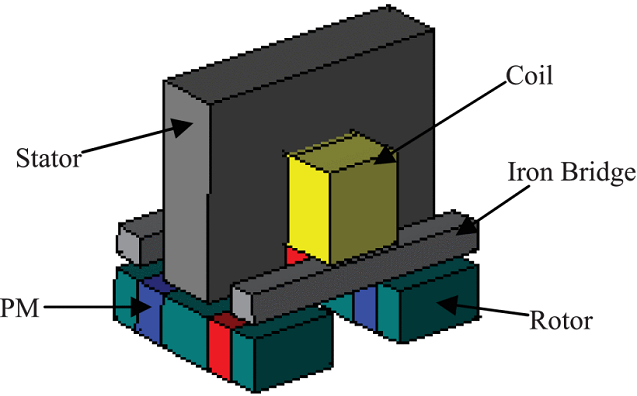
Fig. 2: Flux-concentrated TFPM machine with iron bridge Source: IEEE Access
Challenges
By changing the C-core stator into a horseshoe with a foot and the iron bridge into a trapezium, the leakage between the stator and iron bridge is reduced. Furthermore, the TFPM machine outperforms the PM synchronous machine in terms of torque and mass when its diameter is less than 1 m.
A new TFPM machine design with an E and I-shaped stator core is described for wind power. When compared to a cylindrical rotor, the disk-shaped rotor has a lower inductance and a higher power factor. While PM gets encased in the rotor, the coil is wound around the center arm of the E-shaped core.
Ⅳ. Double-Sided
The first double-sided TFPM machine with a U-core stator and dual winding was presented as shown in Fig. 3. More efficient use of magnets at any given moment results in higher performance.
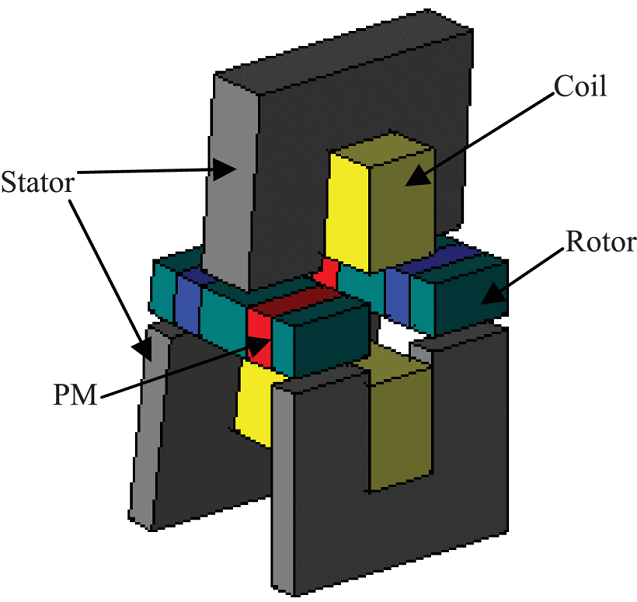
Fig. 3: Double-sided flux-concentrated TFPM machine Source: IEEE Access
Challenges
However, because of its intricate design and rotating magnets, this structure is mechanically unstable.
Without changing the machine's torque rating, the same topology can be changed from double-winding to single-winding. A decrease in the outside diameter has eliminated the challenge of mounting top winding.
The E-core TFPM machine has a shorter rotor axial length and two distinct stator sections. The U-core is positioned in between two windings, and the C-core stator component surrounds the winding. The projected performance and disadvantages of this concept are the same as those of the traditional double-sided TFPM machine.
A quasi-U-shaped stator with ring winding in a modular double-sided TFPM machine for wind power is proposed. Ferrite magnets make up the rotor.
Furthermore, a double-sided TFPM machine's inter-polar leakage is reduced with the introduction of the Halbach array magnet arrangement. The flux linkage is increased by 90% with this configuration.
For wind power applications, a double-sided TFPM machine with an iron bridge is suggested. The machine is made up of an I-shaped magnetic shunt, a pancake-shaped rotor, and a C-core stator. The machine is designed with a lower volume and an improved power factor. On the other hand, the iron core is saturated and has a high PM volume.
A range of double-sided TFPM machines have been studied recently for wind power applications, utilizing their benefits in increased torque density, greater power factor, and better magnet use.
Ⅴ. Claw Pole
In Fig. 4, we can see a claw-pole TFPM machine topology. This topology has the benefits of both a single-sided and a double-sided TFPM machine: it is easy to use and has a higher power density.
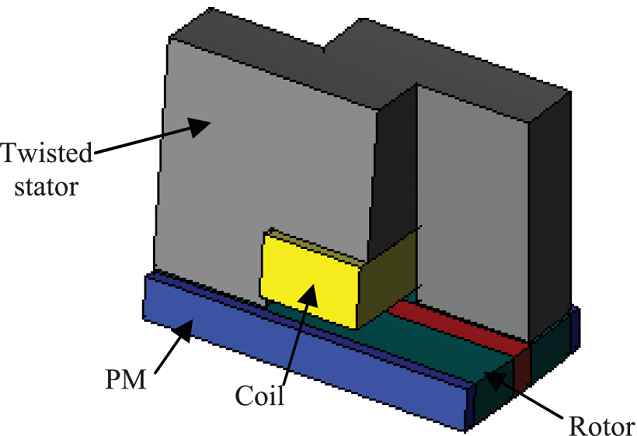
Fig. 4: Flux concentrated claw pole TFPM machine. Source: IEEE Access
Challenges
On the other hand, the stator offers a short-circuit component for the saturated magnetic flux. SMC material is needed for manufacture due to its intricate design.
For use in wind power applications, a 5 MW TFPM machine was proposed. A comparison of different TFPM machine topologies was done. The V-type embedded magnets with a claw-pole stator were able to achieve the maximum torque density.
A single-phase TFPM machine is constructed to power a green mechanical press's driving system. The stator's rear iron and claws are laminated in different directions. Compared to a mechanical press, this equipment uses 30% less energy.
Ⅵ. Summarizing the Key Points
● Flux-concentrated transverse flux permanent magnet machines (TFPM) offer 20-50% increased torque and power factor compared to surface-mounted designs, enhancing overall performance and efficiency.
● The inset magnets in flux-concentrated designs enable a significant reluctance torque, expanding the operational speed range at constant power.
● Diverse TFPM machine topologies, including single-sided, double-sided, and claw-pole configurations, cater to different application requirements and performance goals.
● The use of flux-concentrated TFPM machines extends beyond wind turbines, with potential applications in aerospace, light-duty vehicles, and green mechanical press systems.
● The article provides insights into the optimization procedures and finite element method modeling for TFPM machines, contributing to ongoing advancements in this field.
Ⅶ. Reference
Kumar, Rajesh, Zi-Qiang Zhu, Alexander Duke, Arwyn Thomas, Richard Clark, Ziad Azar, and Zhan-Yuan Wu. “A Review on Transverse Flux Permanent Magnet Machines for Wind Power Applications.” IEEE Access 8 (2020): 216543–65. https://doi.org/10.1109/access.2020.3041217.
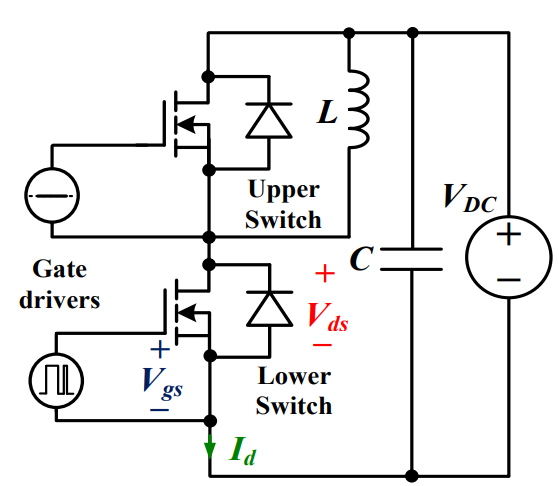 Discovering New and Advanced Methodology for Determining the Dynamic Characterization of Wide Bandgap DevicesSaumitra Jagdale15 March 20242276
Discovering New and Advanced Methodology for Determining the Dynamic Characterization of Wide Bandgap DevicesSaumitra Jagdale15 March 20242276For a long era, silicon has stood out as the primary material for fabricating electronic devices due to its affordability, moderate efficiency, and performance capabilities. Despite its widespread use, silicon faces several limitations that render it unsuitable for applications involving high power and elevated temperatures. As technological advancements continue and the industry demands enhanced efficiency from devices, these limitations become increasingly vivid. In the quest for electronic devices that are more potent, efficient, and compact, wide bandgap materials are emerging as a dominant player. Their superiority over silicon in crucial aspects such as efficiency, higher junction temperatures, power density, thinner drift regions, and faster switching speeds positions them as the preferred materials for the future of power electronics.
Read More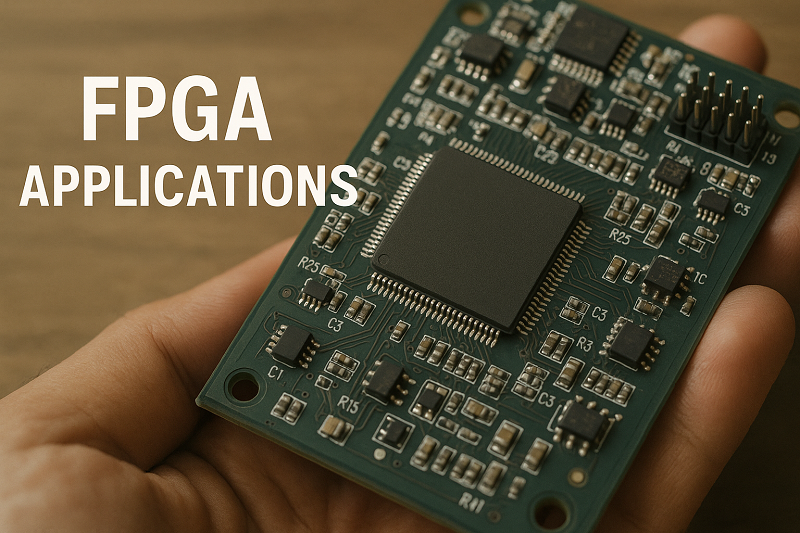 A Comprehensive Guide to FPGA Development BoardsUTMEL11 September 20254132
A Comprehensive Guide to FPGA Development BoardsUTMEL11 September 20254132This comprehensive guide will take you on a journey through the fascinating world of FPGA development boards. We’ll explore what they are, how they differ from microcontrollers, and most importantly, how to choose the perfect board for your needs. Whether you’re a seasoned engineer or a curious hobbyist, prepare to unlock new possibilities in hardware design and accelerate your projects. We’ll cover everything from budget-friendly options to specialized boards for image processing, delve into popular learning paths, and even provide insights into essential software like Vivado. By the end of this article, you’ll have a clear roadmap to navigate the FPGA landscape and make informed decisions for your next groundbreaking endeavor.
Read More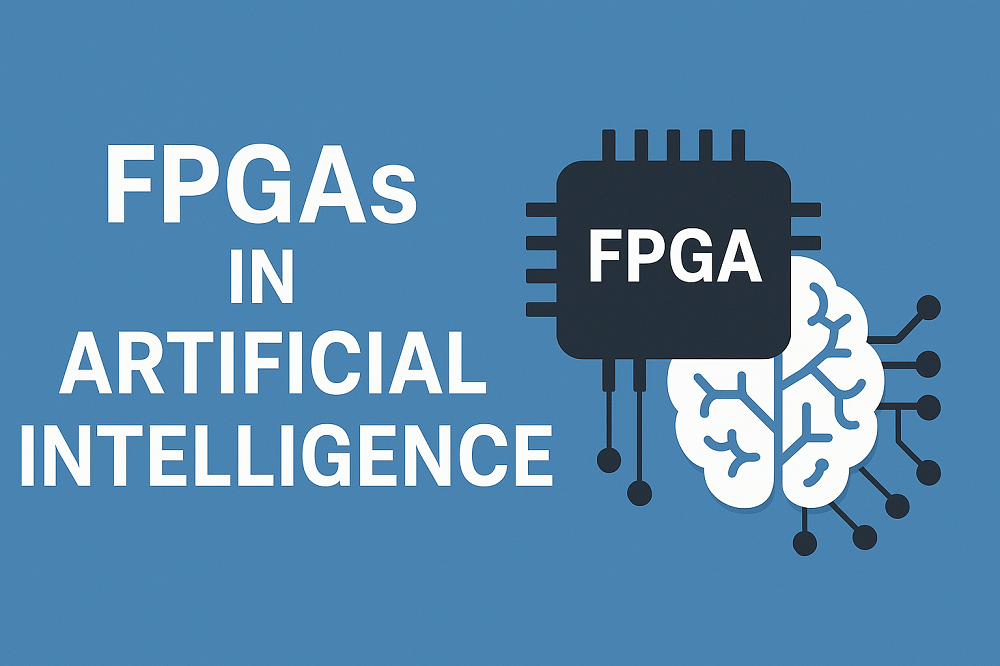 Applications of FPGAs in Artificial Intelligence: A Comprehensive GuideUTMEL29 August 20251464
Applications of FPGAs in Artificial Intelligence: A Comprehensive GuideUTMEL29 August 20251464This comprehensive guide explores FPGAs as powerful AI accelerators that offer distinct advantages over traditional GPUs and CPUs. FPGAs provide reconfigurable hardware that can be customized for specific AI workloads, delivering superior energy efficiency, ultra-low latency, and deterministic performance—particularly valuable for edge AI applications. While GPUs excel at parallel processing for training, FPGAs shine in inference tasks through their adaptability and power optimization. The document covers practical implementation challenges, including development complexity and resource constraints, while highlighting solutions like High-Level Synthesis tools and vendor-specific AI development suites from Intel and AMD/Xilinx. Real-world applications span telecommunications, healthcare, autonomous vehicles, and financial services, demonstrating FPGAs' versatility in mission-critical systems requiring real-time processing and minimal power consumption.
Read More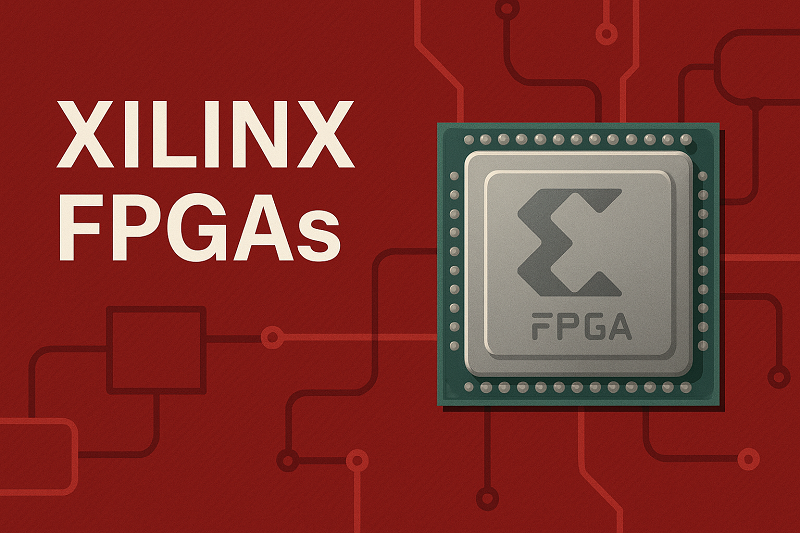 Xilinx FPGAs: From Getting Started to Advanced Application DevelopmentUTMEL09 September 20251833
Xilinx FPGAs: From Getting Started to Advanced Application DevelopmentUTMEL09 September 20251833This guide is your comprehensive roadmap to understanding and mastering the world of Xilinx FPGA technology. From selecting your first board to deploying advanced AI applications, we'll cover everything you need to know to unlock the potential of these remarkable devices. The global FPGA market is on a significant growth trajectory, expected to expand from USD 8.37 billion in 2025 to USD 17.53 billion by 2035. This surge is fueled by the relentless demand for high-performance, adaptable computing in everything from 5G networks and data centers to autonomous vehicles and the Internet of Things (IoT). This guide will walk you through the key concepts, tools, and products in the Xilinx ecosystem, ensuring you're well-equipped to be a part of this technological revolution.
Read More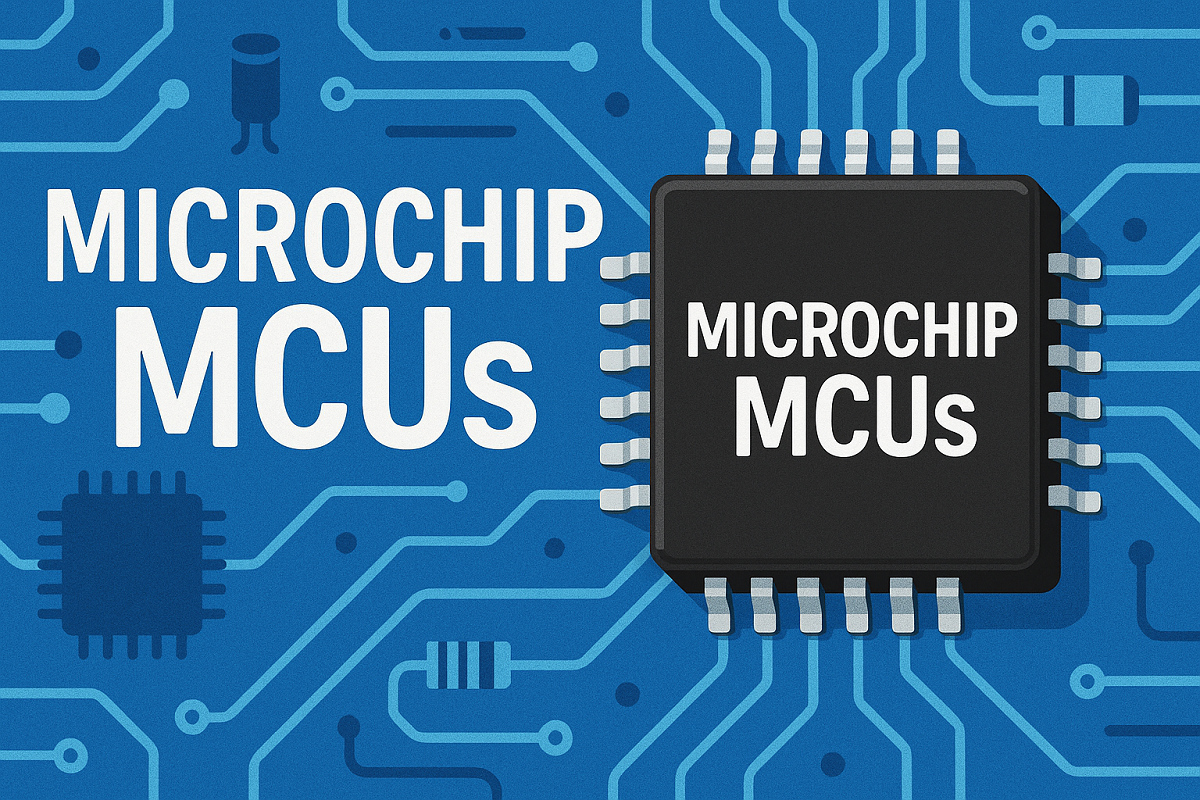 The Ultimate Guide to Microchip MCUs: From Selection to Real-World ApplicationsUTMEL13 September 2025817
The Ultimate Guide to Microchip MCUs: From Selection to Real-World ApplicationsUTMEL13 September 2025817Are you an aspiring electronics enthusiast, a seasoned engineer, or a hobbyist looking to bring your next project to life? If so, you've likely encountered the term Microchip MCU. But what exactly is a Microchip MCU, and how do you choose the right one from their vast portfolio? This comprehensive guide will walk you through everything you need to know about Microchip's powerful microcontrollers, from selection and programming to real-world applications.
Read More
Subscribe to Utmel !
![89HT0832PZCHLG]() 89HT0832PZCHLG
89HT0832PZCHLGRenesas Electronics America Inc.
![FOD4216V]() FOD4216V
FOD4216VON Semiconductor
![TLE82642EXUMA1]() TLE82642EXUMA1
TLE82642EXUMA1Infineon Technologies
![FODM3023-NF098]() FODM3023-NF098
FODM3023-NF098ON Semiconductor
![AD9941BSTZRL]() AD9941BSTZRL
AD9941BSTZRLAnalog Devices Inc.
![AT88SC3216C-MJ]() AT88SC3216C-MJ
AT88SC3216C-MJMicrochip Technology
![SC85410EVTAJD557]() SC85410EVTAJD557
SC85410EVTAJD557NXP Semiconductors
![AD9960BSTZ]() AD9960BSTZ
AD9960BSTZAnalog Devices Inc.
![HCS361/SN]() HCS361/SN
HCS361/SNMicrochip Technology
![AT88SC118-SH-CM-T]() AT88SC118-SH-CM-T
AT88SC118-SH-CM-TMicrochip Technology









